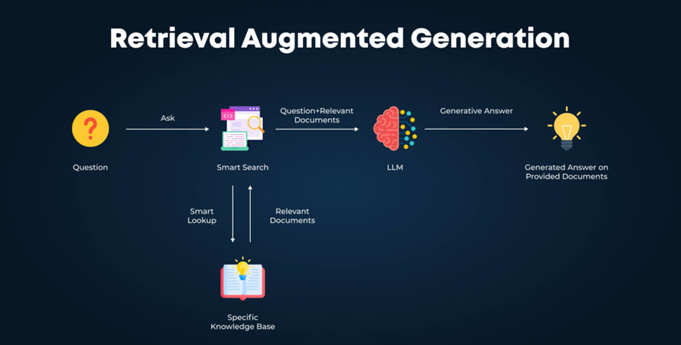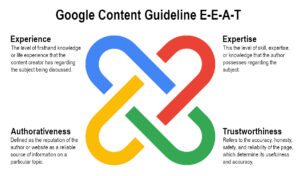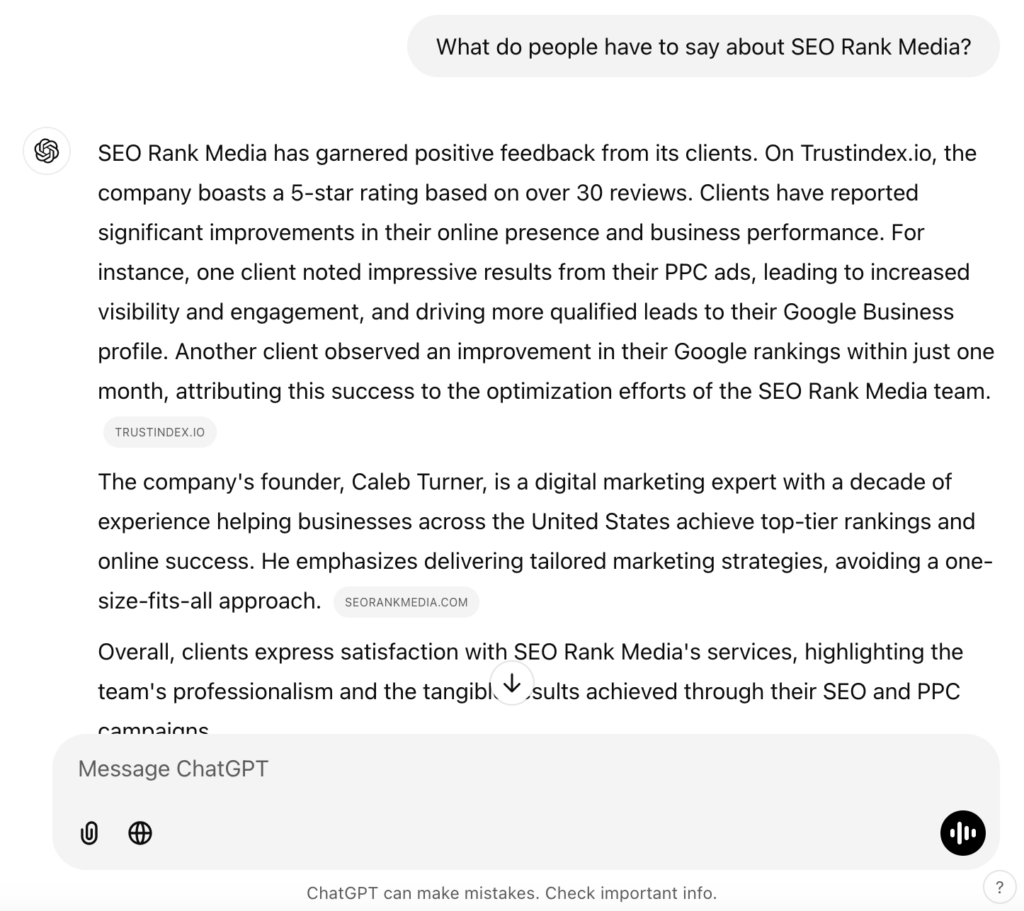How AI Mention Trackers Work: A Clear Guide to Understanding Visibility in Large Language Models

Artificial intelligence is becoming more deeply embedded in the way users search for, engage with, and consume information online. Businesses are now facing a new visibility frontier: large language models (LLMs) like ChatGPT, Claude, Google’s Gemini, and Perplexity. These AI tools are rapidly shifting how people discover brands and products, but there has long been a missing piece for marketers: how can you measure your brand’s presence across these tools?
Enter AI mention trackers—tools like Profound, Peec AI, and others that are helping brands figure out how often they appear in AI-generated answers. Think of them as the modern-day equivalent of media monitoring tools, but instead of scanning newspapers or websites, they scan what the AIs are “saying” about you. Let’s walk through exactly how these tools work, step by step, in simple and clear terms.
Step 1: Feeding Questions to AI Models
The first thing an AI mention tracker does is simulate real-world user queries. For example, if you sell coffee, it might generate prompts like:
- “What are the best coffee brands for home brewing?”
- “Which companies sell sustainable coffee beans?”
These questions are either preloaded by the tool or customized by the user. Then, the tool asks these questions to various AI platforms—ChatGPT, Claude, Perplexity, and others. These queries are sent using APIs or simulated browser sessions, mimicking the behavior of a real user.
To make the results more robust, the tool may vary how it phrases the questions, capturing a wider net of responses. This ensures the data reflects how real users might engage with AI tools.
Step 2: Collecting the AI’s Answers
Once the questions are submitted, the AI models reply with natural-language answers. The tracker collects all of these answers—a big pool of unstructured text. If the AI provides source citations or links (as Bing or Google often do), the tool grabs those too.
This phase is about capturing everything that the AI outputs, regardless of whether your brand appears yet.
Step 3: Detecting Brand Mentions
Now comes the scanning. The tool searches through each AI-generated answer looking for specific brand names, website URLs, or product terms. It checks to see if, for example, “Acme Coffee” or “acmecoffee.com” shows up in the text.
This is similar to a human pressing “Ctrl+F” and looking for their company’s name. The tool notes:
- Where the mention appeared
- How often it appeared
- In what context (Was it a top recommendation? Just a mention in passing?)
If the brand doesn’t appear, that’s recorded too. These “non-mentions” are equally important because they show where the AI isn’t recognizing your brand.
Step 4: Counting and Aggregating Mentions
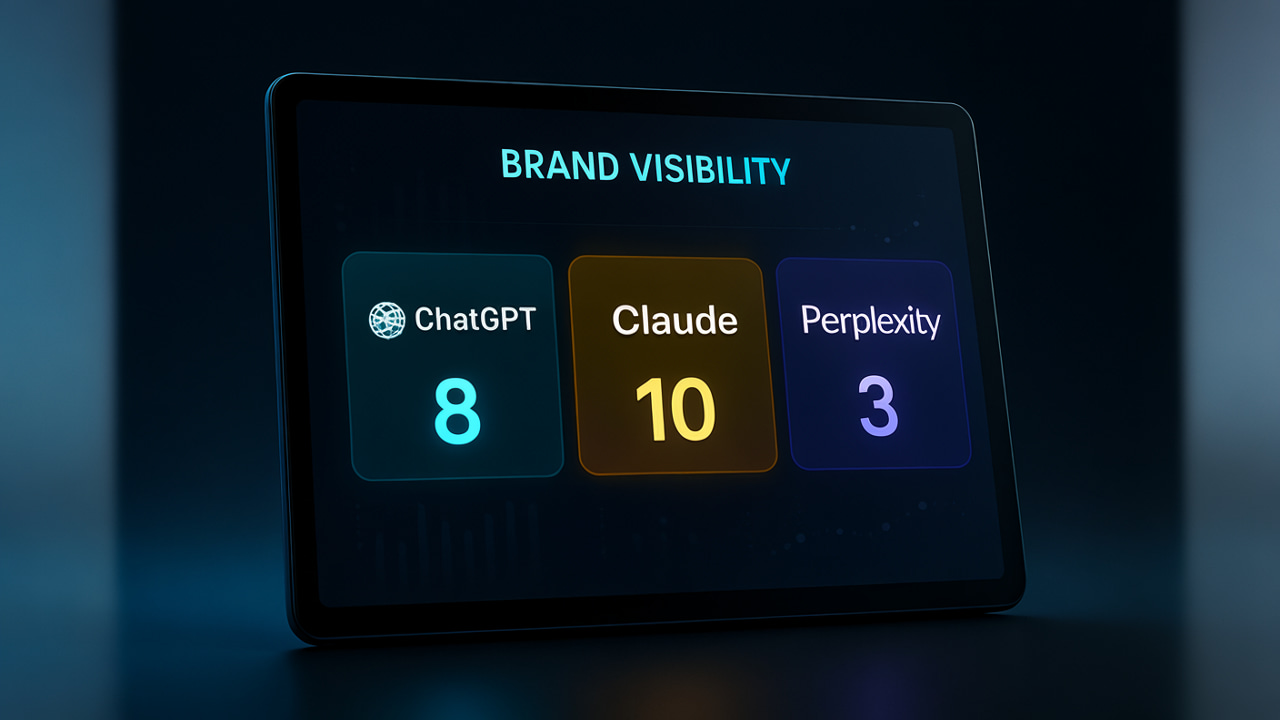
The tracker now tallies up the results across many queries and platforms. This helps quantify your brand’s visibility. You might learn that your brand appeared in:
- 8 out of 20 questions on ChatGPT
- 10 out of 20 on Google Gemini
- Only 3 out of 20 on Bing Chat
These numbers are typically translated into metrics like “share of voice” (SOV) or mention frequency. Tools like Profound display this in an easy-to-read dashboard, comparing your visibility to your competitors.
Over time, this creates trend lines that show whether your brand’s AI visibility is improving or declining.
Step 5: Attributing Mentions to Sources
A crucial part of these tools is identifying why an AI mentioned your brand. In many cases, it’s because of external sources cited by the AI model. For example:
- Bing Chat might footnote your brand with a link to a popular review site
- Google’s AI Overviews might mention your company and cite your blog or Wikipedia
The tracking tool records these citations and links them to your mentions. This is called “citation analysis.” It helps you understand which articles, websites, or publications are fueling your AI visibility.
When an AI doesn’t mention you but mentions a competitor, these tools can also highlight what sources were cited for them. This gives you ideas about where you might need more coverage.
Step 6: Presenting the Results
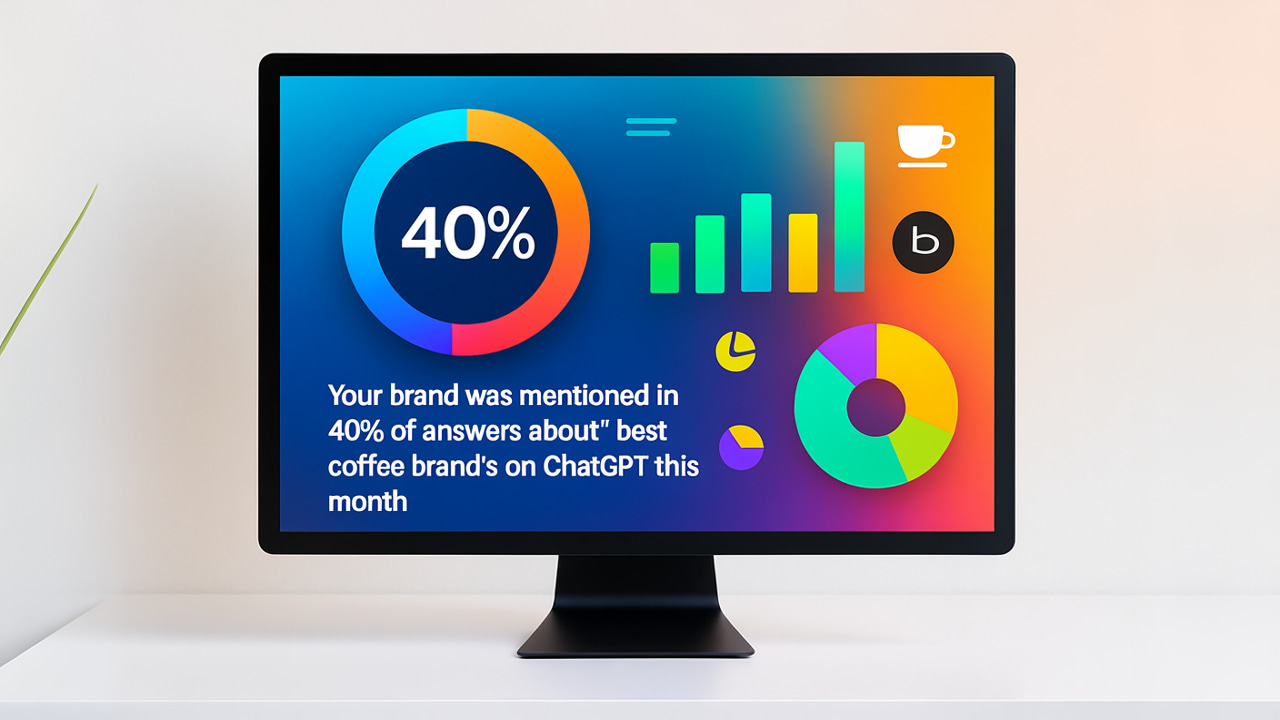
All of this data gets organized into a simple dashboard. It might tell you:
- Your brand was mentioned in 40% of answers about “best coffee brands” on ChatGPT this month
- That’s up from 30% the month before
- The most frequently cited source was HomeBarista.com
- Competitor JavaWorld appeared more often than you on Google SGE
Some tools also analyze sentiment: whether the AI’s tone was positive, neutral, or negative about your brand. While more advanced, this adds another layer to understanding your visibility.
A Real-Life Example: Acme Coffee
Imagine you run a fictional brand called Acme Coffee. You want to know if AI tools are recommending you when people ask about coffee.
- The tracker sends prompts like “What are the best coffee brands?” to ChatGPT, Claude, Google Gemini, and Bing Chat.
- ChatGPT responds with: “Some great coffee brands are Acme Coffee, BeanCo, and JavaWorld.” The tool flags that Acme was mentioned.
- Google’s AI says: “According to HomeBarista.com, Acme Coffee roasts top-tier beans.” The tool notes the mention and attributes the source.
- Bing Chat doesn’t mention Acme at all but includes JavaWorld. That’s also important intel.
After querying multiple questions and platforms, the tracker produces a report:
- Acme was mentioned in 7 out of 10 queries on ChatGPT
- 5 out of 10 on Google Gemini
- 3 out of 10 on Bing Chat
- Most Acme mentions cited HomeBarista.com
- JavaWorld beat Acme by 2 mentions across the board
Tools Like Ahrefs Add Another Layer

Some platforms, like Ahrefs, take a slightly different but powerful approach. Rather than running queries in real time, Ahrefs leverages a vast existing database of AI responses and questions. You can type in a brand name or topic like “sneakers,” and instantly see a list of relevant queries and AI answers that reference the topic.
This lets you:
- Identify competitor gaps (queries where your competitors show up but you don’t)
- Discover new topic opportunities (queries you never thought of that relate to your niche)
This retrospective approach complements real-time trackers like Profound or Peec AI by giving you a broader strategic view.
Tracking LLM Traffic in GA4: Why It Matters
AI visibility isn’t just theoretical. Brands are already seeing meaningful traffic driven by AI tools. Tracking this traffic in Google Analytics 4 (GA4) is now essential.
While Google Search Console still blends AI Overview and AI Mode traffic with regular search, GA4 gives you tools to segment this data more precisely.
Two Main Tracking Approaches:
- GA4 Explore Reports:
- Create a session segment using a custom regex filter to capture traffic from AI sources like ChatGPT, OpenAI, Copilot, Gemini, Perplexity, etc.
- Visualize this data with line graphs, bar charts, or tables.
- Create a session segment using a custom regex filter to capture traffic from AI sources like ChatGPT, OpenAI, Copilot, Gemini, Perplexity, etc.
- Looker Studio Reports:
- For detailed reports: Create a new channel group in GA4 for AI traffic.
- For quicker views: Use the same regex filter in your Looker Studio tables and charts.
- For detailed reports: Create a new channel group in GA4 for AI traffic.
These dashboards let you:
- Track how much traffic is coming from AI tools
- See which pages are being visited from AI answers
- Understand whether your AI visibility is translating into real engagement
Final Thoughts: Why This Matters
The future of search is increasingly conversational and AI-driven. Tools like Profound, Peec AI, and Ahrefs help marketers stay ahead by answering this crucial question:
“Are the AIs talking about me?”
If they are, great—you can double down on what’s working. If not, you can take action to increase visibility by improving the content on sites that AIs pull from.
AI mention trackers give marketers, PR pros, and SEOs a crucial lens into how modern algorithms perceive and recommend their brands. By bridging the gap between traditional SEO metrics and AI-powered search behaviors, these tools ensure your strategy remains both measurable and forward-looking.
Start tracking now, and you’ll not only see how often you appear in the AI conversation, you’ll start shaping it.



